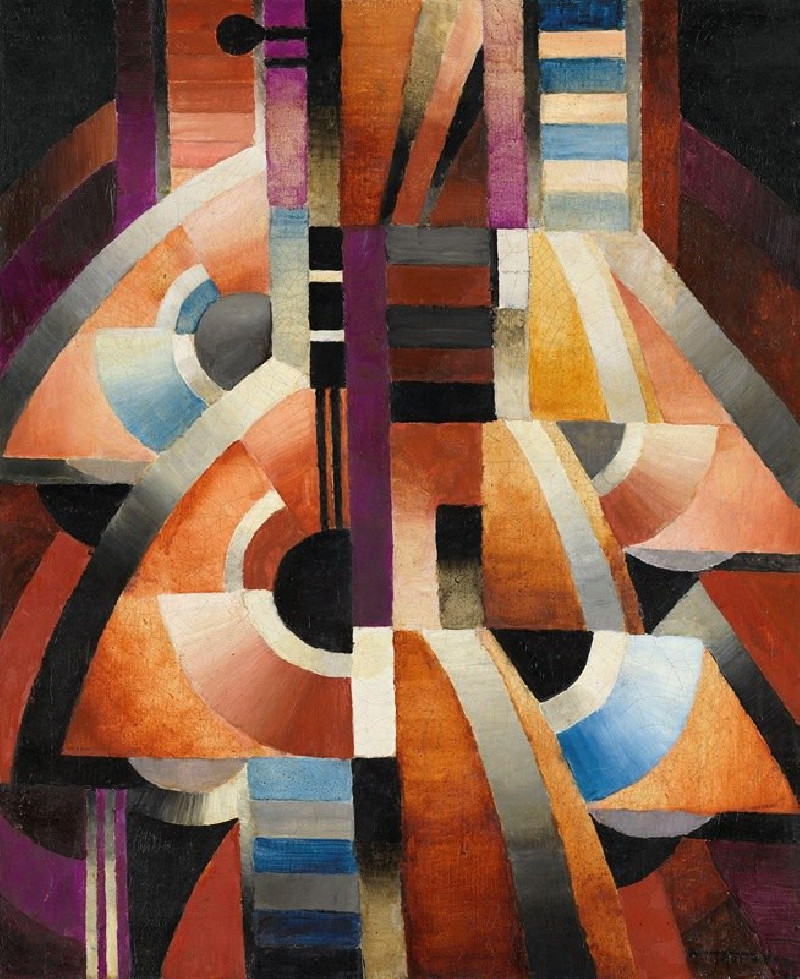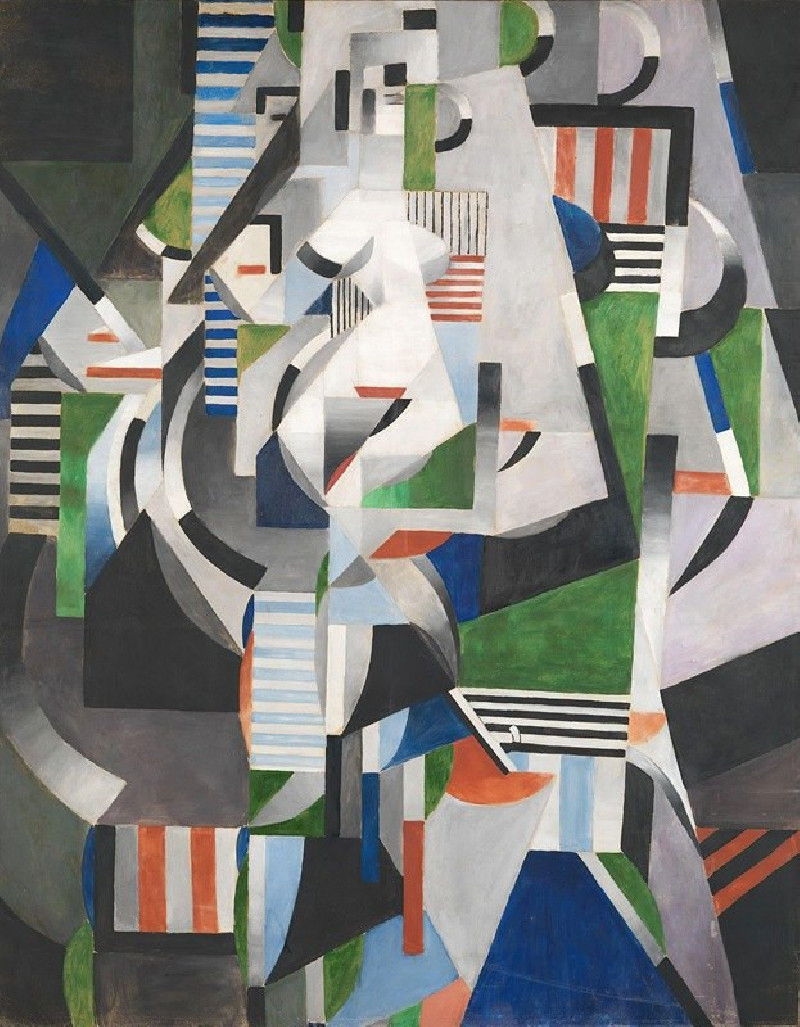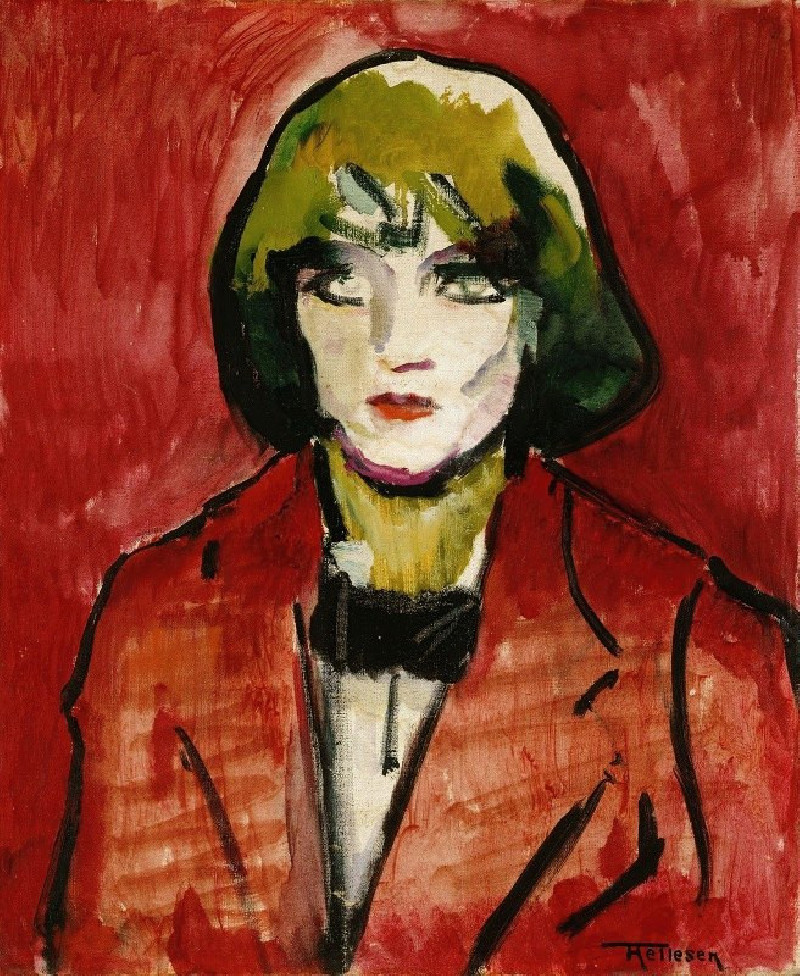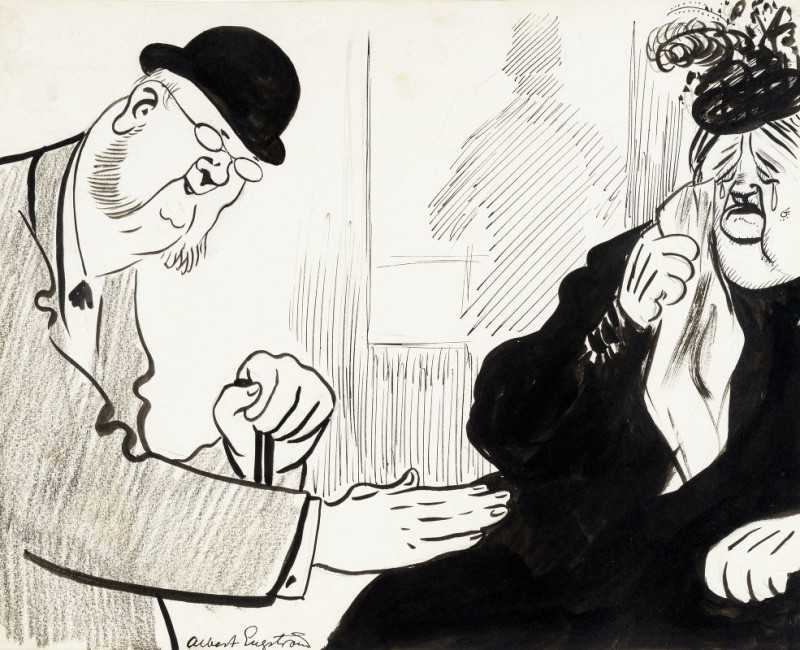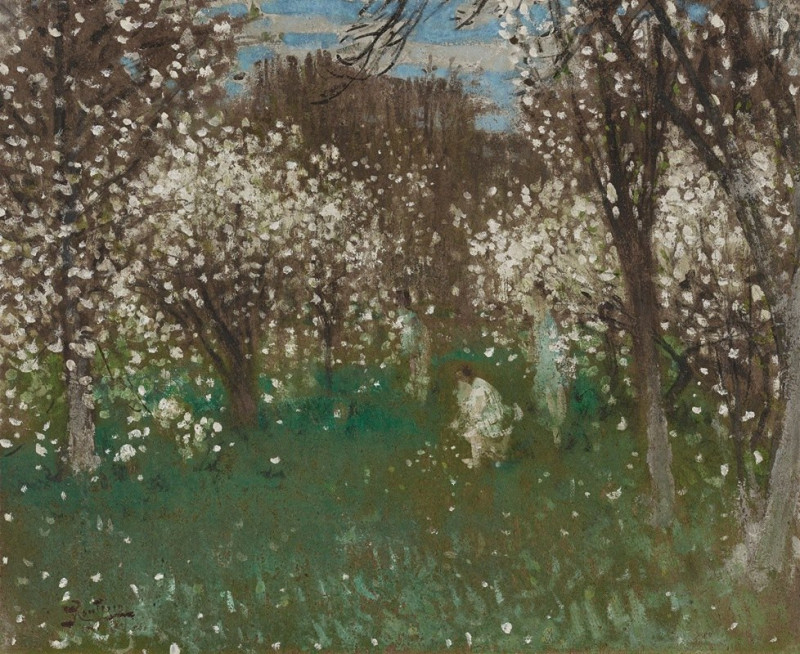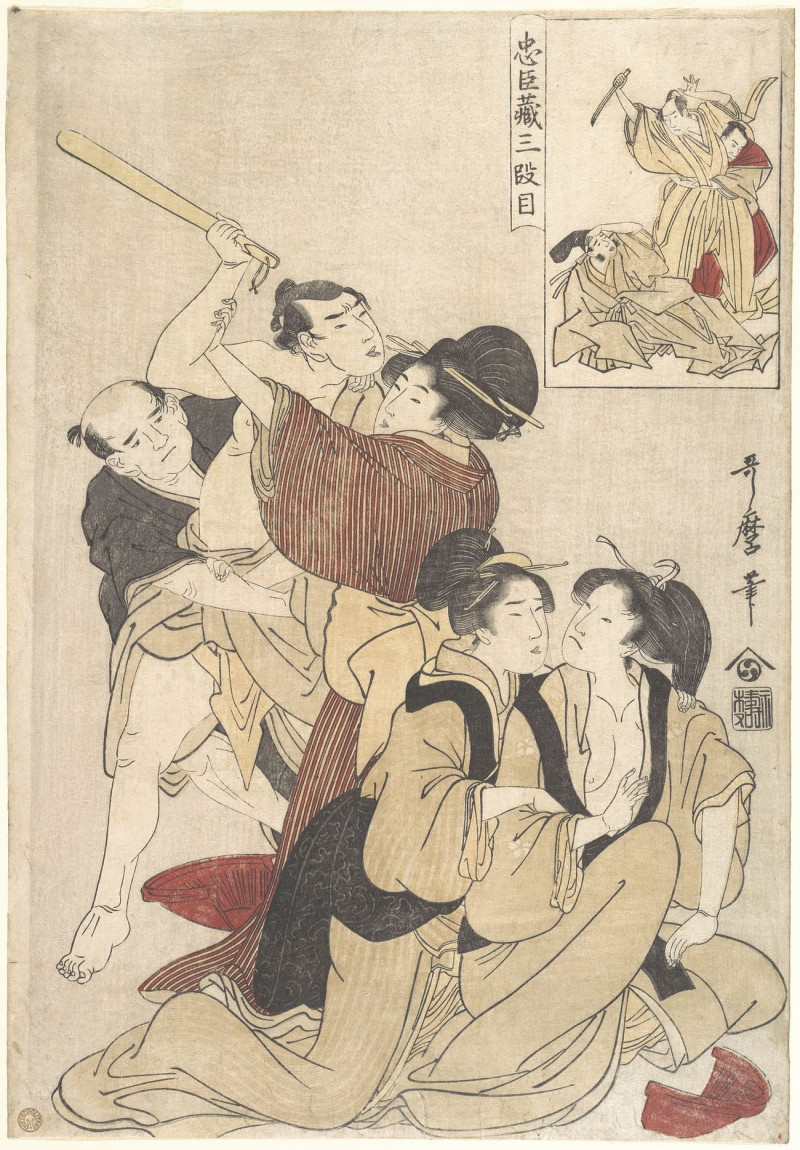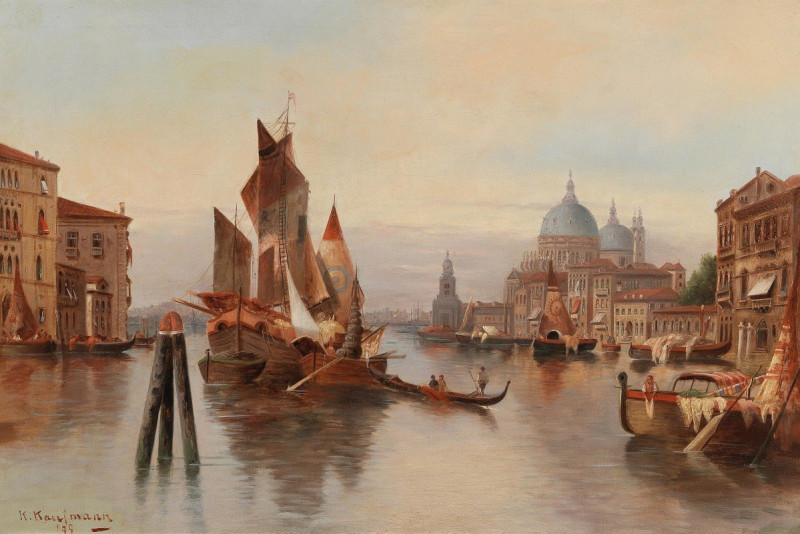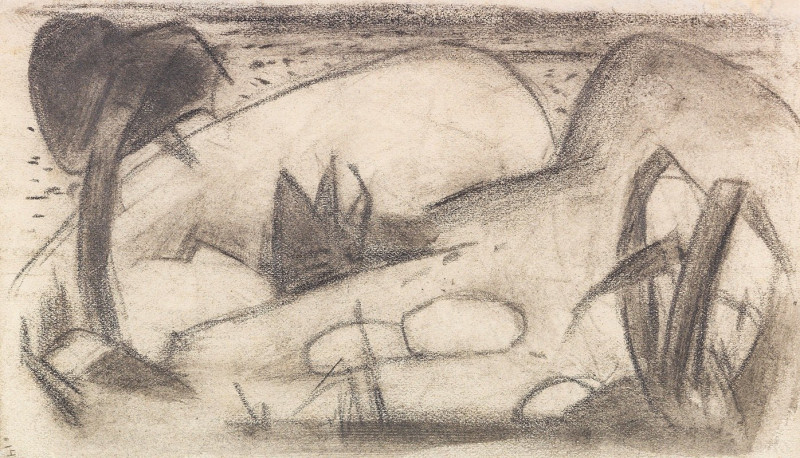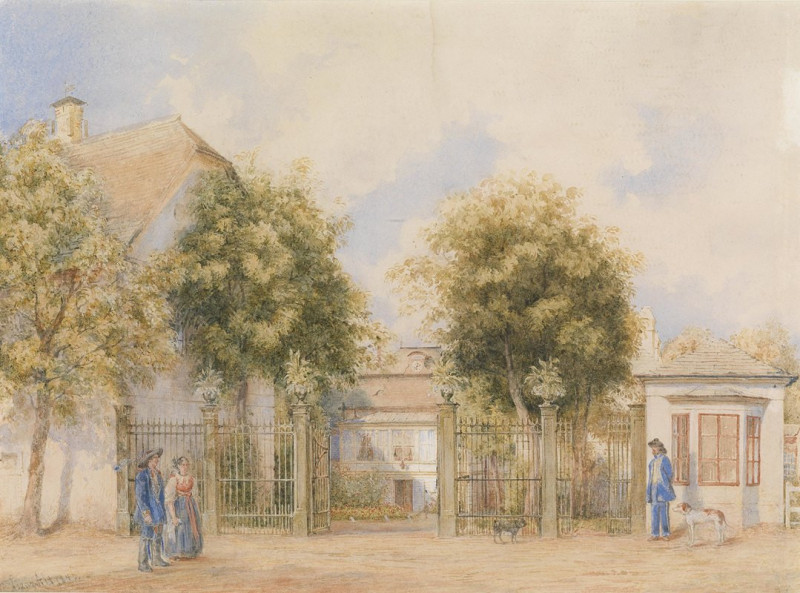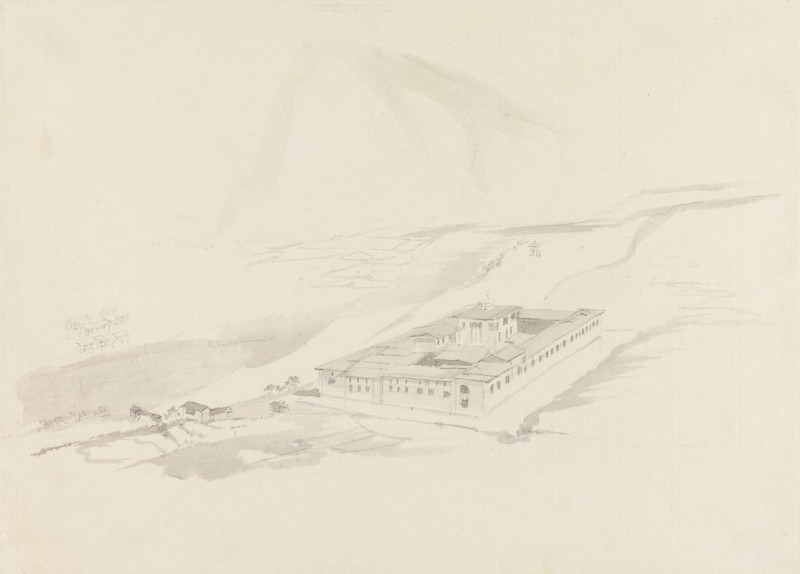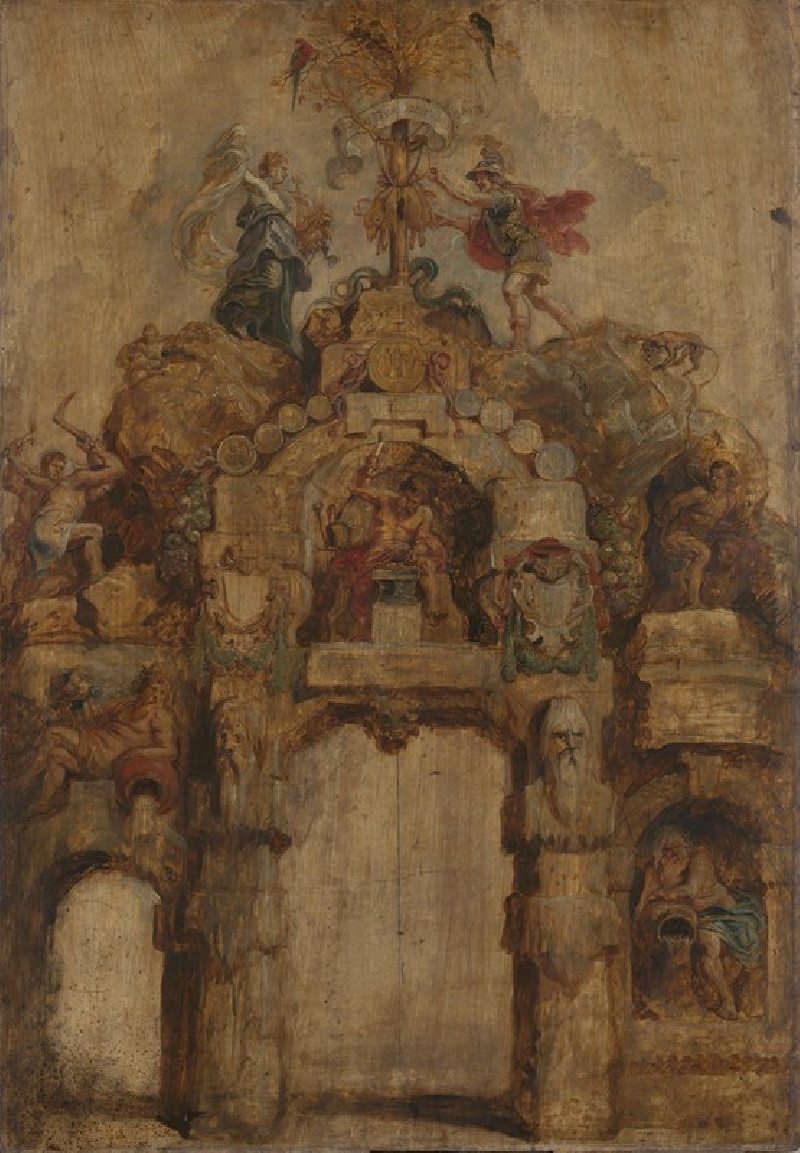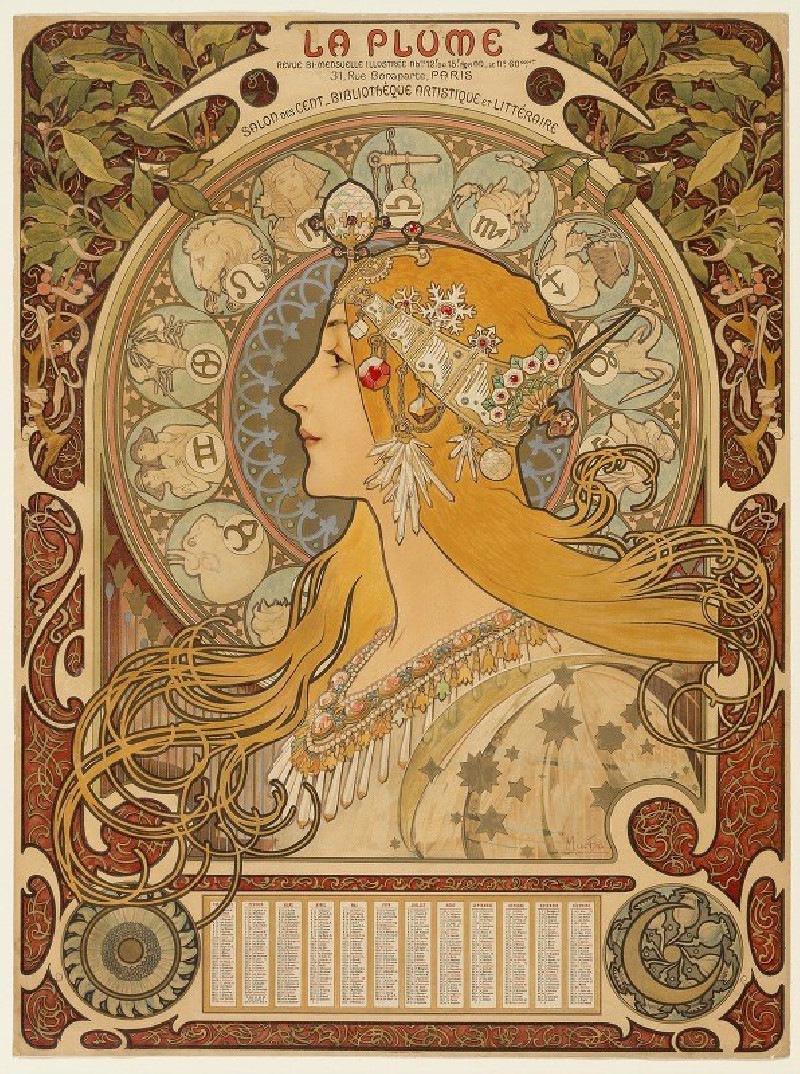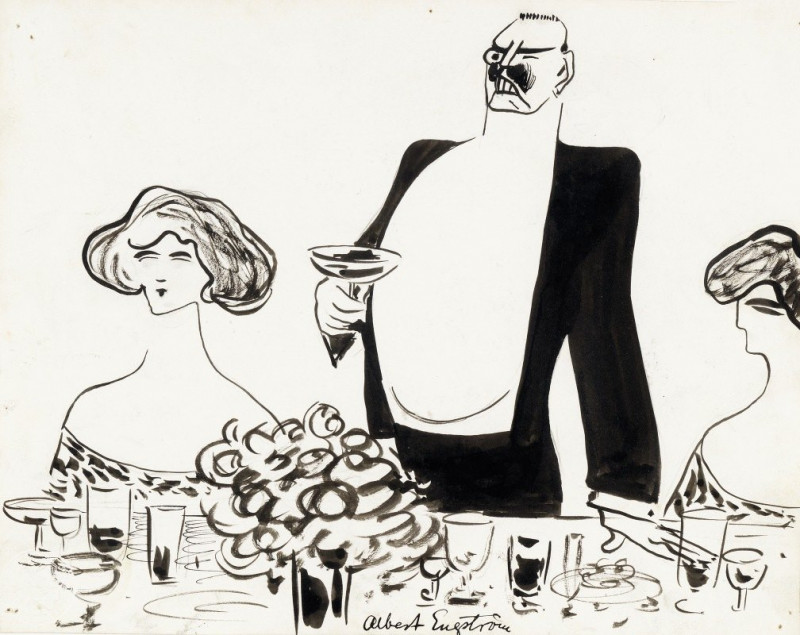Balalaika (Ca. 1916)
Technique: Giclée quality print
Recommended by our customers
More about this artwork
Welcome to our exploration of “Balalaika,” a captivating painting by Thorvald Hellesen completed around 1916. Hellesen, a notable figure in the early 20th-century avant-garde in Paris, brings to life an abstract composition that stirs the imagination.In “Balalaika,” the central motif—an abstracted musical instrument—emerges amidst a confluence of geometric patterns and vibrant colors. The painting features a rich tapestry of shapes suggesting parts of the balalaika, a traditional Russian stringed instrument, with its characteristic triangular body cleverly fragmented and reassembled across the canvas. The composition brilliantly utilizes bold lines and intersecting forms, creating a dynamic visual rhythm that mimics musical movement.The color palette in “Balalaika” is particularly striking. Warm oranges and deep reds contrast with cool blues and purples, while accents of black and white add depth and focus. Through these colors, Hellesen offers a visual symphony that complements the musical subject.Thorvald Hellesen’s “Balalaika” is more than just a representation; it is a symphonic celebration of form and color, a testament to the innovative spirit of its era.
Delivery
Returns
Thorvald Hellesen was a Norwegian abstract artist, designer and painter. His art was associated with the Orphic Cubism movement.
Thorvald Hellesen (sometimes spelled Thorwald) was born in Christiania (now Oslo), Norway. He was the son of Thorvald Hellesen (1862-94) and Ida Selmer (1858-1945). His father was a Supreme Court lawyer and his mother was the daughter of Prime Minister Christian Selmer. He passed his art exams but spent a year at the Norwegian Military Academy before deciding to become an artist.
He then entered the newly established Oslo National Academy of Arts, where he studied with Christian Krohg (1910–11). After that in 1912 moved to Paris. There he worked with Fernand Léger and met Picasso.

